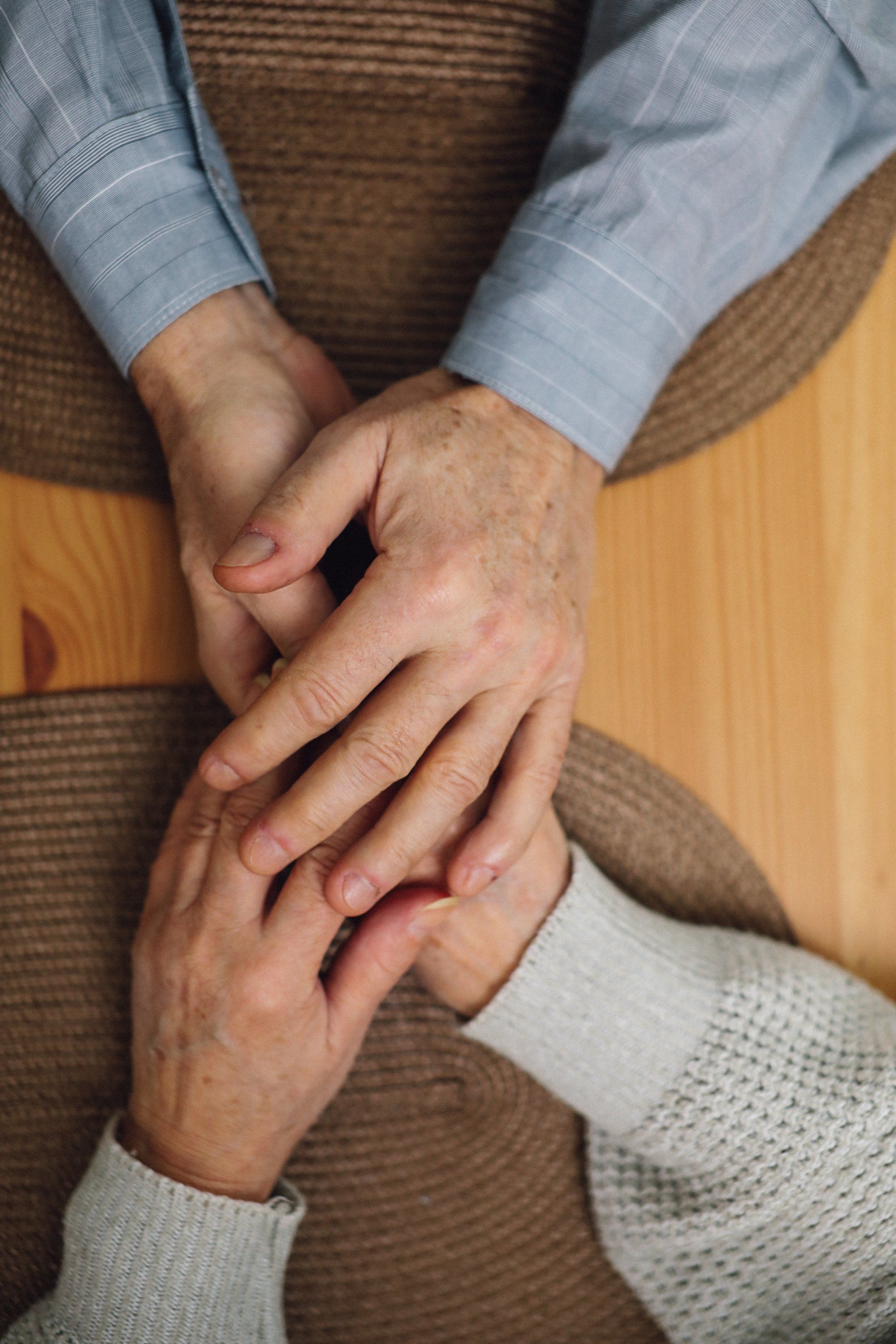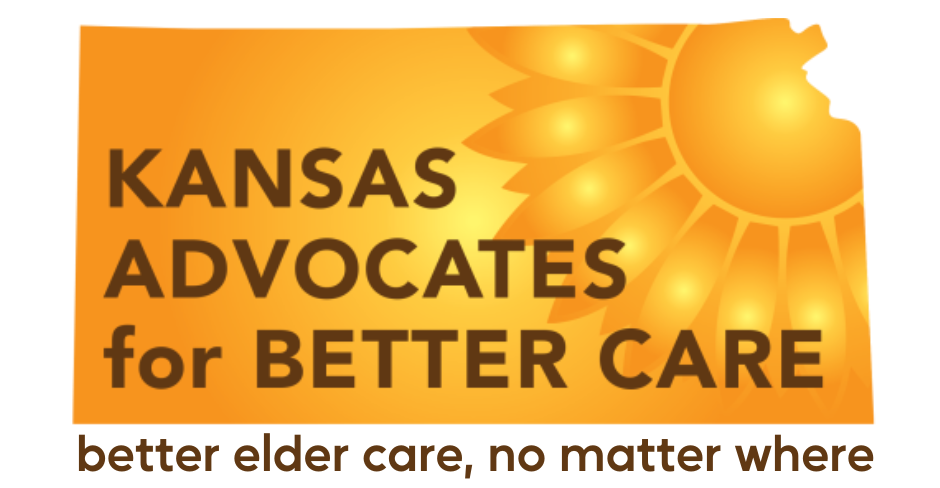Advocacy in Action (August 2025): Fire Safety Saves Lives
July 31, 2025
On a July night in Massachusetts, flames tore through Gabriel House, an assisted living facility. The fire claimed the lives of nine residents and injured more than 30. Survivors described heartbreaking scenes: residents leaning out of windows, screaming for help as staff members fled. Many were rescued only by the bravery of firefighters, neighbors, and police officers who broke down doors and carried people to safety.
Despite the building having a sprinkler system, fire drills had not been conducted, elevators were broken, and residents with mobility limitations were trapped.
A field supervision with Massachusetts’s long-term care ombudsman pled with the state to investigate Gabriel House’s faulty elevator. He was met with excuse after excuse.
In 2024, a fire at Brandon Woods senior living facility in Lawrence, Kansas forced the evacuation of 85 residents. Dense smoke filled the structure, and a passerby was the first to call 911 and begin evacuating residents. Mutual aid from surrounding counties was called in, and a Lawrence police officer was hospitalized for smoke inhalation. Thankfully, no residents were hurt — this time.
These two incidents tell a clear story: fire safety inspections and emergency preparedness are not optional. They save lives.
And yet, during the 2024-2025 legislative session, a bill was introduced in the Kansas Senate that would have eliminated minimum fire safety standards for 720 adult care homes and provider locations
across the state. Senate Bill 276
(SB 276) would have removed the authority of the State Fire Marshal to inspect these facilities or enforce compliance, a move KABC calls a recipe for disaster.
KABC strongly opposed SB 276 because it would have stripped the State Fire Marshal of its vital role in inspecting facilities, identifying hazards, and ensuring life safety codes are followed. While the bill allowed for the Kansas Department of Aging and Disability Services (KDADS) to contract with the Fire Marshal’s office, it did not require it, leaving oversight optional and dangerously unclear.
Worse still, KDADS is already chronically understaffed. Its surveyors, who are not trained in fire safety, are struggling to meet existing inspection requirements, often with only half the staff needed.
By contrast, State Fire Marshal inspectors are specifically trained to identify fire code violations and help facilities improve safety before tragedy strikes
Fire and burns are the sixth leading cause of death for older adults
in the U.S. In long-term care settings:
- Cooking is the leading cause of fires (72%)
- Faulty appliances and electrical systems follow closely
- Smoking remains the leading cause of death from fires
Due to diligent oversight, Kansas has had only two fire-related deaths in adult care homes over the past decade. That record could be reversed if oversight is weakened.
Families who entrust care homes with their loved ones do so with the belief that these facilities are regularly inspected, meet state and national safety codes, and are prepared for emergencies.
At KABC, we believe every older adult deserves safe, dignified care and that includes protection from preventable tragedies like fires. As we approach the 2026 legislative session, we anticipate this dangerous proposal could return and we’ll be prepared.

A recent KAKE News report highlights how Kansas’s severe shortage of state nursing home inspectors is putting residents at serious risk. Families say long delays in inspections allow neglect to continue unchecked, sometimes with devastating consequences. One of the most troubling stories comes from Jennifer Hernandez, whose aunt lived at Santa Marta in Olathe. Santa Marta advertises itself as "Luxury Senior Living in Johnson County, KS". A camera Hernandez installed in her aunt’s room recorded her aunt lying on the floor after falling out of bed. Nearly an hour passed before anyone checked on her. In the video, you can see her aunt struggling to get up on her own. Hernandez placed the camera because she was already worried about her aunt’s care. Sadly, the fall wasn’t the only issue. Her aunt was also found in dirty clothes, had unexplained bruising, and developed an eye infection. Hernandez repeatedly begged the facility to follow her aunt’s care plan, but she was ignored or dismissed. The family turned to the Long-Term Care Ombudsman’s Office, which can request an investigation by the Kansas Department for Aging and Disability Services (KDADS) state surveyors at the resident's request. These investigations can lead to fines, penalties, or corrective action. In Kansas, complaint investigations can take more than a year to start. This is especially alarming because surveyors are one of the only independent sources of information the public has about nursing home quality. Their reports are often the only transparent, verifiable records families can rely on when choosing a facility. Surveyors are also one of the few entities with the authority to hold nursing homes accountable when care breaks down. And Kansas is falling far behind. The state has 303 federally certified nursing facilities, which must be inspected at least every 15.9 months, with a national average of 12 months. Kansas is currently averaging 19.9 months between these mandatory inspections. In Hernandez’s case, an ombudsman even emailed KDADS, warning that staff had tampered with the camera and that the resident was at severe risk. A state inspector never came. Her aunt later fell again, broke her pelvis, and died days later in severe pain. While the state’s inspection delays are a major part of the problem, the facilities themselves also bear responsibility. Too often, homes put profits over people, cutting corners on staffing, training, and basic care. But it becomes even harder to push for stronger regulations when facilities aren’t being held accountable for meeting the baseline requirements already in place. When the “ceiling” of what a facility does is the bare minimum required by federal and state governments, residents are the ones who suffer. Kansas’s inspection workforce is stretched far too thin to enforce even the most basic standards. In July, KDADS had 51 surveyor positions — 28 of them empty. The agency later reduced the total positions to 36 and raised salaries, but still has 13 vacancies. That leaves just 23 surveyors responsible for inspecting and investigating more than 300 nursing homes statewide. Families, advocates, and ombudsmen agree: until Kansas fully staffs and supports its survey team, neglect will go unnoticed, problems will go uncorrected, and residents will remain in danger.

This is a special blog post provided by Jami Boone, Adult Care Homes Quality Program Manager, Kansas Department for Aging and Disability Services Moving into a nursing home is often seen as a loss—the loss of independence, familiar routines, and personal choice. But in Kansas, the PEAK program is changing that story. Through this pay-for-performance initiative, administered by Kansas State University and the Kansas Department for Aging and Disability Services (KDADS), nursing homes are putting residents at the center of every decision and creating communities where people feel truly at home. PEAK encourages nursing homes to adopt person-directed care, giving residents control over their daily lives. Participating homes can earn financial incentives—ranging from $0.50 to $3.00 per bed, per day—based on how deeply they implement these practices. But the true value of PEAK isn’t in the funding—it’s in transforming life inside the home, fostering dignity, choice, and joy for residents. Imagine moving into a new home where you can bring your favorite bedding, chair, and treasured belongings. You don’t have to give up who you are or what you love. Instead, you gain new opportunities, new friendships, and new family connections, along with access to activities you may have thought were out of reach. At the same time, you maintain your existing community roles, personal routines, and comforts, blending familiarity with new possibilities. Residents in PEAK homes have the freedom to decide how their living space looks and feels, what, where, and when they eat, when they wake up or go to bed, and even which risks they are willing to take. That sense of control and individuality is central to maintaining dignity, identity, and joy, making daily life meaningful and fulfilling. The benefits extend beyond residents. When staff are empowered to build deep, personal relationships with residents, they stop seeing their work as a job and start seeing it as an extension of home. Staff get to know the people they care for so well that they notice even the smallest changes—whether it’s a favorite meal left untouched or a subtle shift in mood. This heightened awareness allows potential issues to be addressed sooner, improving healing and raising the overall level of care. The bonds between staff and residents not only create a more home-like environment but also foster staff satisfaction, because when work feels like home, people show up fully, care deeply, and make every interaction meaningful. This mutual respect and compassion ripple outward, creating an atmosphere that families can feel the moment they walk through the door. PEAK homes offer families additional peace of mind, ensuring that when a loved one moves into care, they enter a place that honors their individuality, values their voice, and supports their physical, emotional, and spiritual well-being. Kansas continues to lead by example, showing that when dignity and choice are prioritized, everyone benefits. PEAK homes aren’t just places to live—they’re places to thrive. To find a PEAK participating nursing home in your area, visit: https://www.kdads.ks.gov/partners-providers/nursing-facilities-adult-care-home-program/peak-person-centered-care . For more information about the PEAK program, contact Jami Boone , Adult Care Homes Quality Program Manager, KDADS, at jami.boone@ks.gov or 785-296-0010 . Note from KABC : While KABC supports efforts that aim to improve quality of life and person-centered care in Kansas nursing homes, participation in the PEAK program does not necessarily indicate that a facility is consistently meeting those standards in practice. Financial incentives or program participation alone do not guarantee that residents are receiving the care, dignity, and respect they deserve. KABC encourages families and residents to review a variety of quality measures—including inspection reports, staffing levels, and complaint histories—when evaluating long-term care options.




